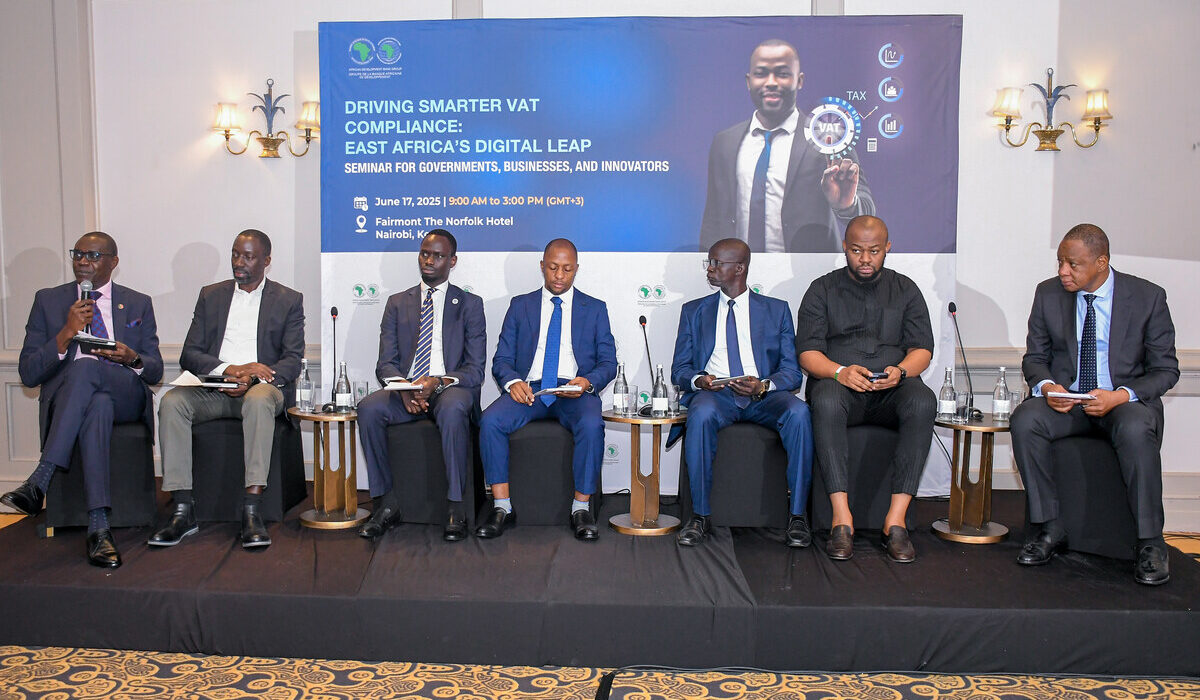The Kenya Revenue Authority (KRA) has reiterated its commitment to revolutionizing tax administration through digital innovation, with a particular focus on making Value Added Tax (VAT) the best-performing tax head in Kenya.
Speaking at the African Development Bank’s VAT Digitization Seminar in Nairobi, Commissioner for Medium and Small Taxpayers, Mr. George Obell, lauded Kenya’s progress in deploying the electronic Tax Invoice Management System (eTIMS). He described it as a groundbreaking reform that has significantly improved VAT compliance, minimized fraud, and enhanced revenue collection.
“The VAT system in Kenya is undergoing a revolution,” said Commissioner Obell. “Our goal is for VAT to become the most reliable and highest-yielding tax head. VAT is paid by consumers; businesses are simply agents. When the system is misused, the public and the government both lose.”
The eTIMS platform facilitates real-time transaction tracking and automated enforcement, enabling the KRA to block fictitious claims and fraudulent invoices. This has led to higher integrity in VAT returns, including the automatic rejection of unsupported deductions, effectively closing long-standing loopholes.
KRA is also focused on making tax processes more user-friendly. “Merchants won’t have to go through hoops anymore—they just click and file,” said Obell, referring to the streamlined VAT return process currently being upgraded.
To ensure inclusivity, KRA has adopted a tiered integration approach. Large companies interface directly with KRA systems, while smaller and informal businesses use simplified mobile tools, including USSD platforms.
“You can’t have a one-size-fits-all system,” noted Obell. “We are building flexible solutions that align with diverse business realities.”
These reforms have yielded a 28% increase in VAT revenue, attributed to enhanced taxpayer visibility and improved compliance mechanisms. The data from eTIMS has also highlighted structural challenges, guiding ongoing policy reviews concerning VAT thresholds and fairness in the tax system.
Kenya’s VAT model is now being recognized continentally as a benchmark for digital tax reform. Commissioner Obell concluded with a call to action:
“Digital tax administration is not just about adopting technology—it is a structural reform. It’s about building a fairer, more transparent, and efficient tax system for all.”
The seminar brought together tax administrators from across East Africa to share experiences and best practices in VAT digitalization.





